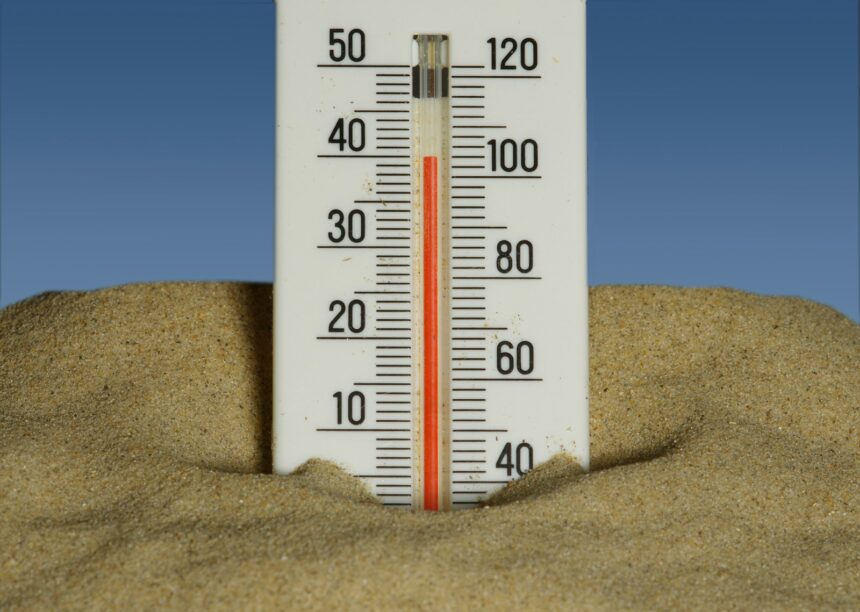The sunburnt skies over Europe this summer are more than just a seasonal discomfort—they’re a warning sign. For the third consecutive year, Europe is grappling with deadly heatwaves that have upended daily life, tested infrastructure, and taken lives. What was once a rare occurrence is now increasingly common, and the numbers tell a grim story: over 2,300 fatalities reported in just a few weeks across multiple countries.
From France to Italy, Spain to Germany, heat records are not just being broken—they’re being shattered. Cities like Rome and Madrid have seen temperatures soar past 45°C, turning historical landmarks into furnaces and prompting mass cancellations of events. Hospitals are overwhelmed with heatstroke cases, elderly care homes are under emergency protocols, and public health warnings have become daily news.

Before we get into the numbers, let’s pause to recognize what this feels like on the ground. Imagine trying to sleep in an apartment that doesn’t dip below 30°C at night. Picture asphalt melting, train tracks warping, and forests going up in flames just outside your city. This isn’t hypothetical—it’s happening in towns and cities throughout the continent.
Governments are scrambling. France has deployed emergency cooling shelters. In Spain, outdoor work has been restricted during peak heat hours. Germany is considering mandatory heat adaptation policies for urban planning. But the elephant in the room remains: these responses are largely reactive, and the scale of change required is massive.
Climate scientists have been sounding the alarm for decades, but these events are converting abstract predictions into lived experiences. The connection between human-caused climate change and the frequency and intensity of heatwaves is no longer in serious dispute. If global temperatures rise just a fraction more, what Europe sees now could become the new normal.

It’s not just the direct deaths that are alarming. The heat amplifies existing health conditions, undermines agriculture by drying out crops, strains water supplies, and increases energy demand just when power grids are least equipped to handle it. In poorer or rural regions, where resources are limited, the risks multiply.
Urban centers are particularly vulnerable. Heat islands—areas with little greenery and lots of concrete—trap heat, making neighborhoods unbearably hot even after sunset. In many European cities, buildings are designed to retain heat from cold winters, not to cool during blistering summers.
The question is no longer whether extreme heat will return next year, but what societies will do to prepare. Will cities redesign public spaces with more shade and greenery? Will housing policies mandate better insulation and cooling solutions? And crucially, will there be a coordinated, pan-European approach to climate resilience?
For now, as wildfires rage across the Mediterranean and emergency rooms reach capacity, the 2025 heatwave stands as a stark reminder: nature doesn’t wait for political consensus. It moves quickly, and it moves hard. If Europe wants to weather the summers ahead, it has no choice but to adapt—fast and together.











